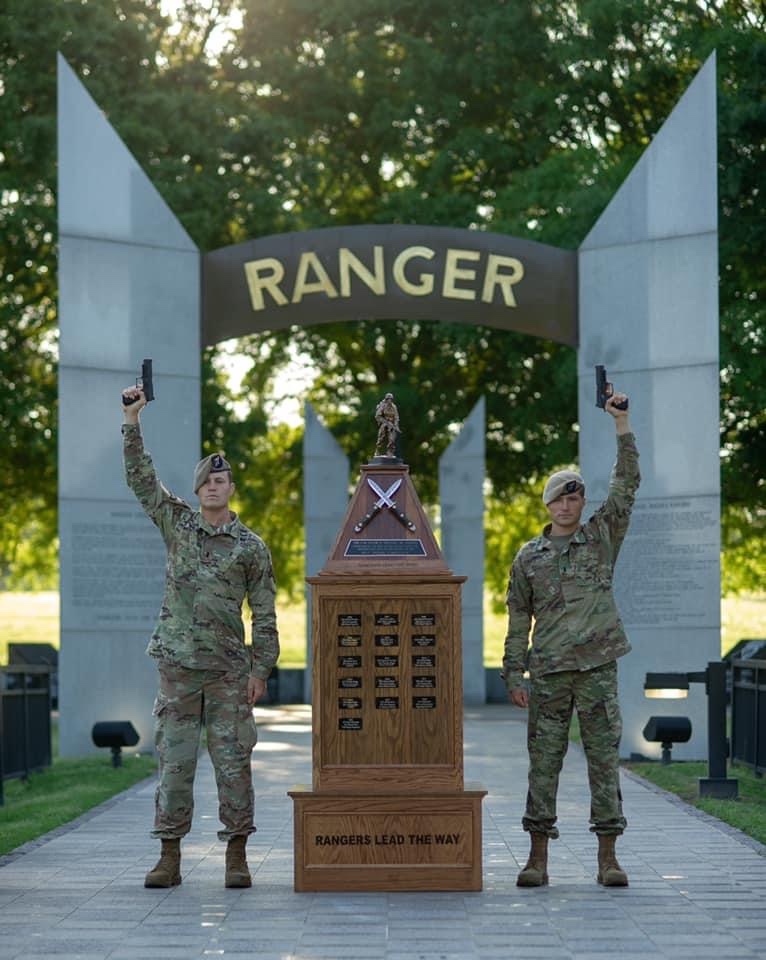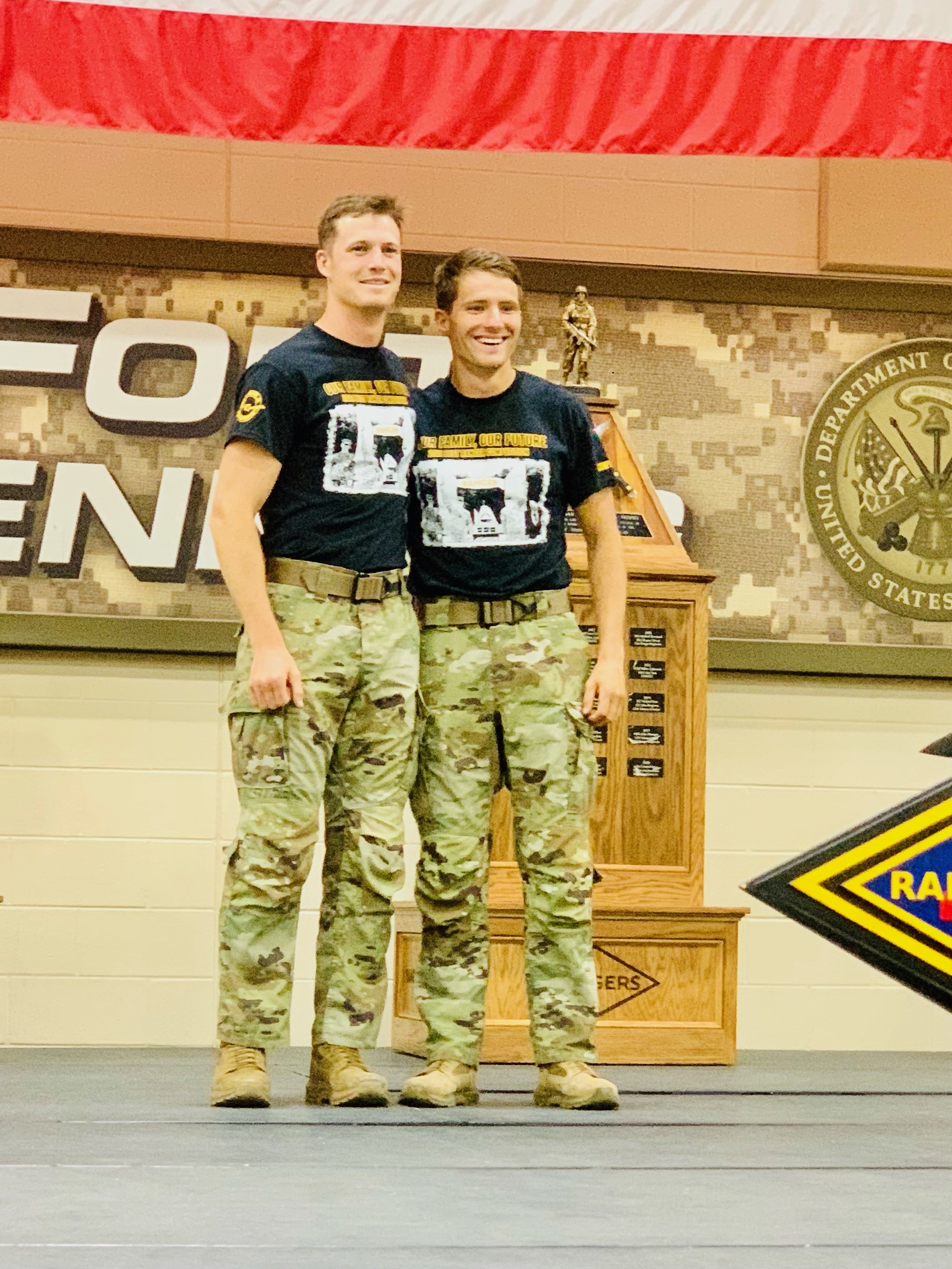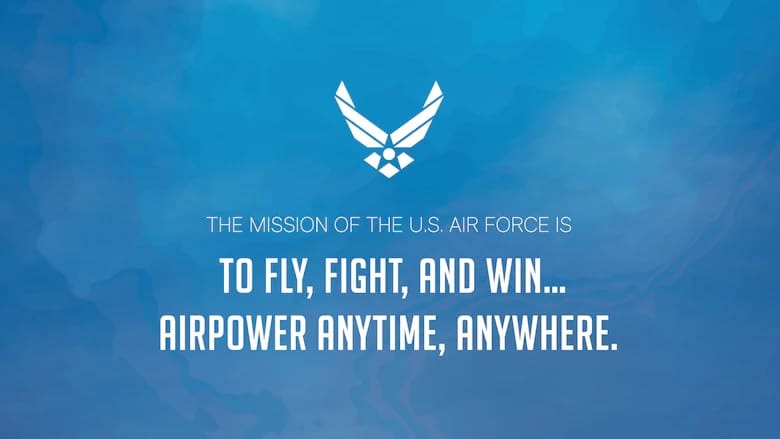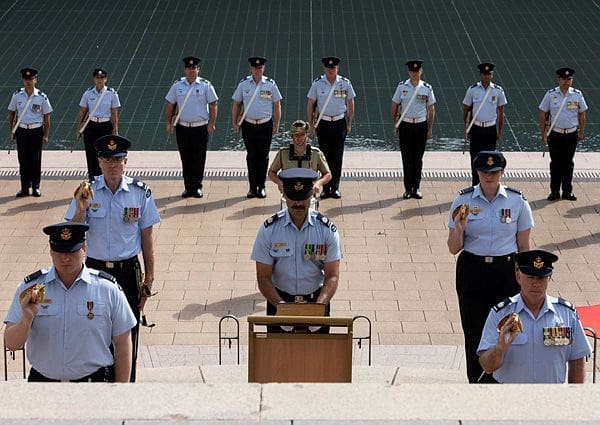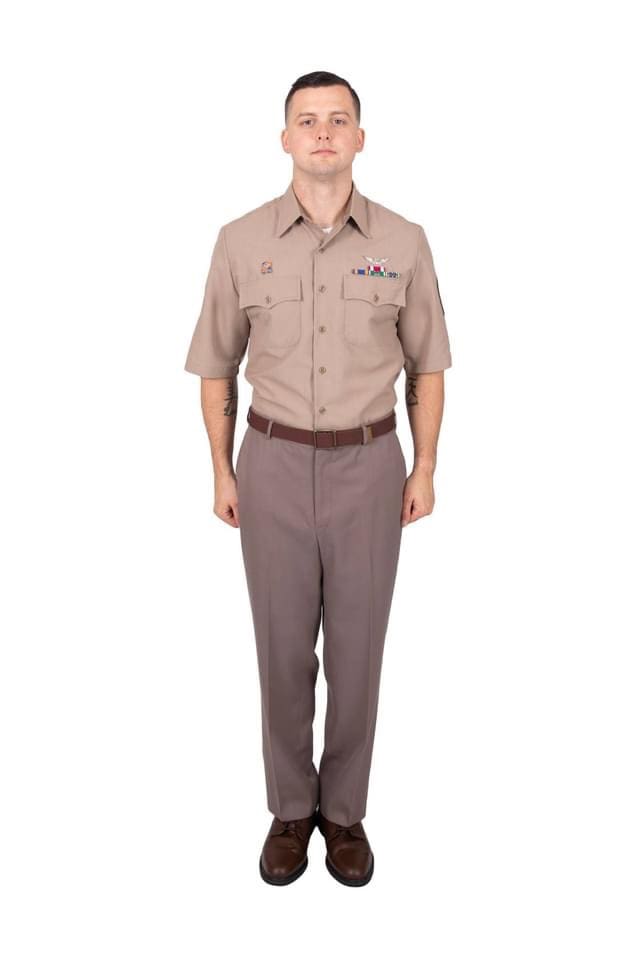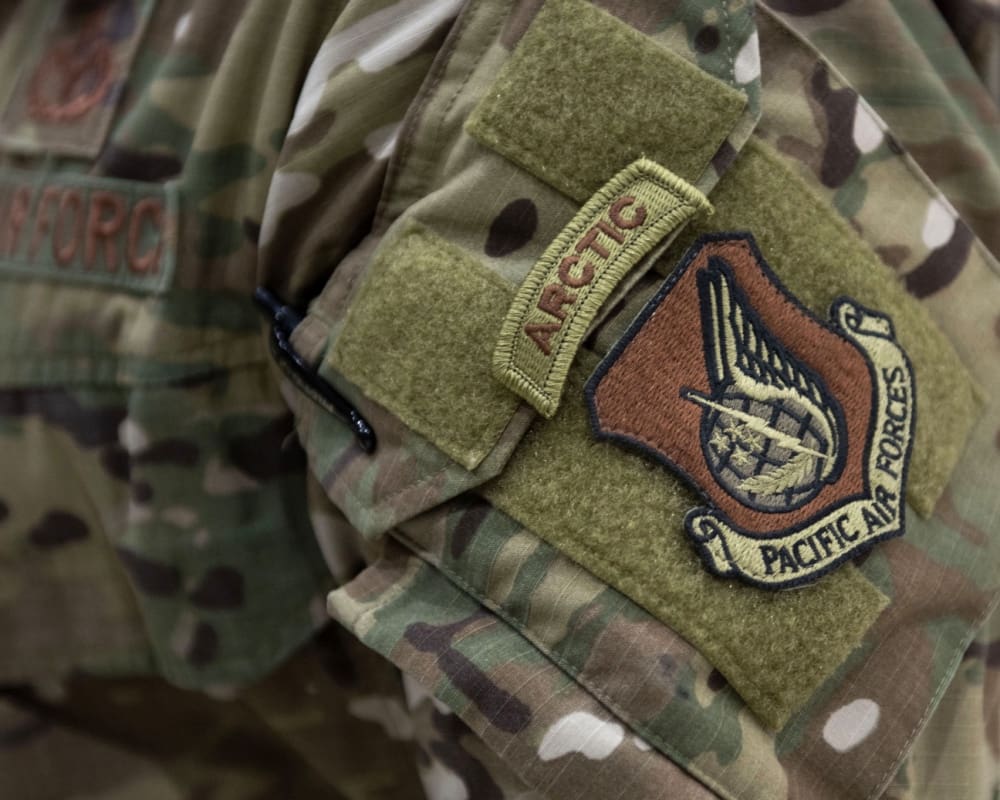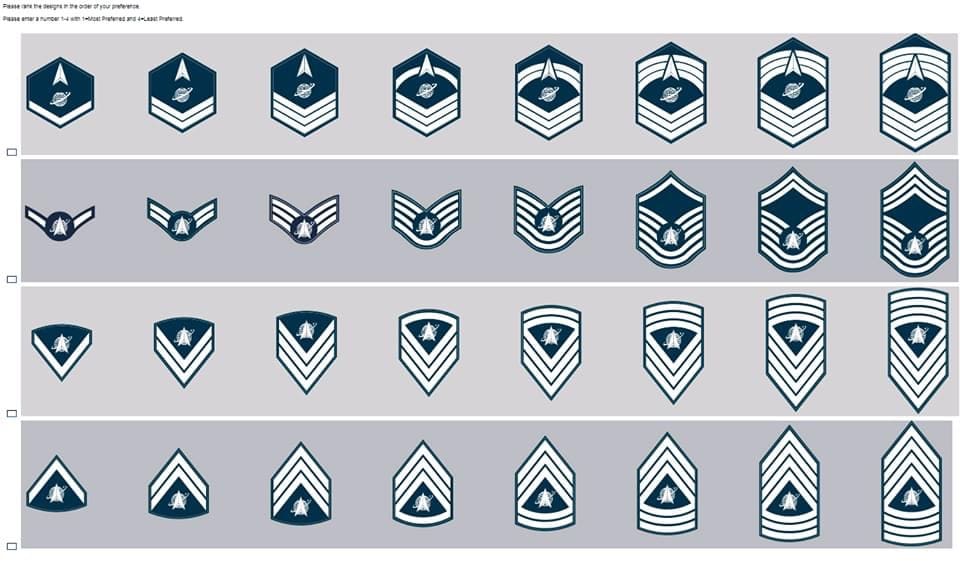FORT EUSTIS, Va. – The Army’s new physical fitness test, known as the Army Combat Fitness Test, or ACFT, is here to stay. Or at least some form of it, says Sgt. Maj. of the Army Michael A. Grinston. What some may overlook when making an opinion on the program is the “combat” aspect of the ACFT, which was designed to prepare Soldiers for combat and reduce injuries caused by physical fitness routines.
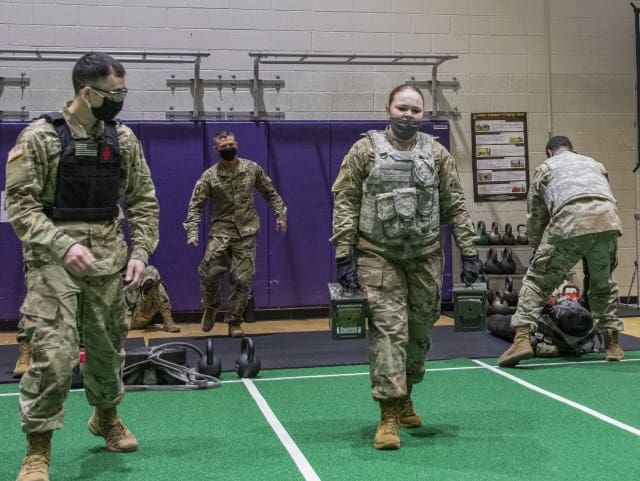
With that in mind, 2020 Drill Sergeant of the Year, Sgt. 1st Class Erik Rostamo, and a team of experts from the U.S. Army Center for Initial Military Training, brought realistic ACFT training to life here, Feb. 26.
The “sprint, drag, carry” event of the ACFT is designed to simulate “sprinting” to aid an injured Soldier, then “dragging” a Soldier out of harm’s way when under fire, and “carrying” ammunition to a fighting position on the battlefield. For the ACFT, two 45-pound weights are configured as a “sled” for dragging purposes, while Soldiers are required to wear the Army Physical Fitness Uniform, or APFU. For the training Rostamo and the CIMT team designed for this day, a 140-pound dummy was used to represent an actual Soldier, and participants performed the task while wearing their Army Combat Uniform, or ACU. In addition, an extra twist was added – after completing the “sprint, drag, carry,” participants were required to apply a field tourniquet to the dummy, which simulated a wounded Soldier requiring immediate first aid.
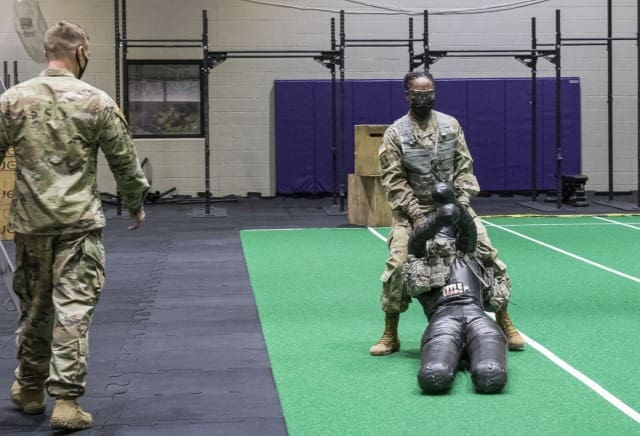
“This exercise showed the Soldiers why the Army is moving toward holistic fitness, and developing the ‘Soldier Athlete,’” Rostamo said. “All Soldiers, regardless of their MOS [military occupational specialty], never know when they will find themselves on the battlefield.”
Soldiers participating in the training weighed in with their thoughts.
“It was amazing training,” said Staff Sgt. Jacob Walker, 2nd Battalion, 210th Aviation Regiment. “Unless you’re in a combat arms MOS, and your leaders go out of their way to train these tasks, it’s a perishable skill. I will be adding this type of training to my physical training plan when I get back to FORSCOM [Forces Command].”
All Soldiers, whether they are a transportation Soldier, a mechanic, or an infantryman, must be physically able to deploy anywhere in the world at a moment’s notice… This was Rostamo’s mantra for the day.
“I liked it. It drove home the reality of why we are training,” said Sgt. 1st Class Mario Rodriguez, 128th Aviation Brigade. “The dummy we were dragging instead of the weights provided extra motivation as a simulated battle buddy.”
The added field tourniquet element at the end of the “sprint, drag, carry” was clearly noticed by participating Soldiers who were winded and exhausted after the event. They had to compose themselves in order to successfully administer the field tourniquet and appreciated the challenge.
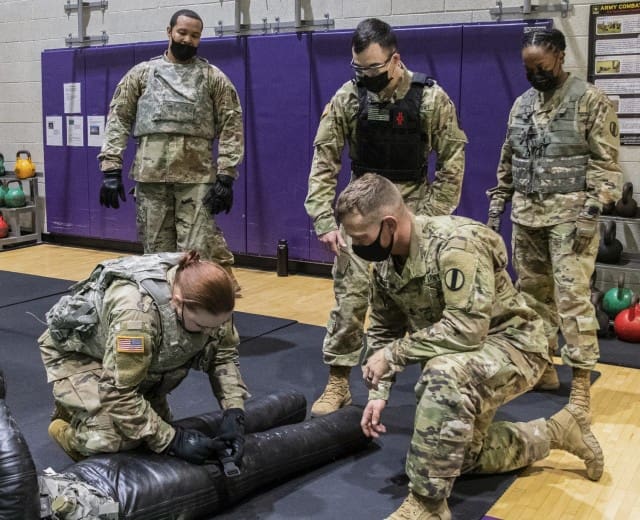
“I enjoyed it. I feel it was a great opportunity to connect the ACFT to actual combat training,” said Staff Sgt. Hillary Hernandez, 2nd Battalion, 210th Aviation Regiment. “I look forward to taking this training with me to use with my future Soldiers.”
TRADOC’s senior enlisted adviser, Command Sgt. Maj. Daniel T. Hendrex, participated in the training and shared his firsthand knowledge of providing first aid on a battlefield.
“This event was an excellent way to connect the importance of functional fitness requirements to a scenario that is reality on today’s modern battlefield,” Hendrex said. “Conducting the “sprint, drag, carry,” but with a 140-pound dummy, weighted ammo cans, and full kit, ending with the application of a field tourniquet, was an eye opener for everyone.”
Hendrex pointed out this also reinforces an important principle, “if the wounded are able, have them move to you.”
Conducting multiple repetitions of this skill in training is the preferred method of learning, and placing a medical task at the end is a great way for everyone to recognize its importance, Hendrex emphasized.
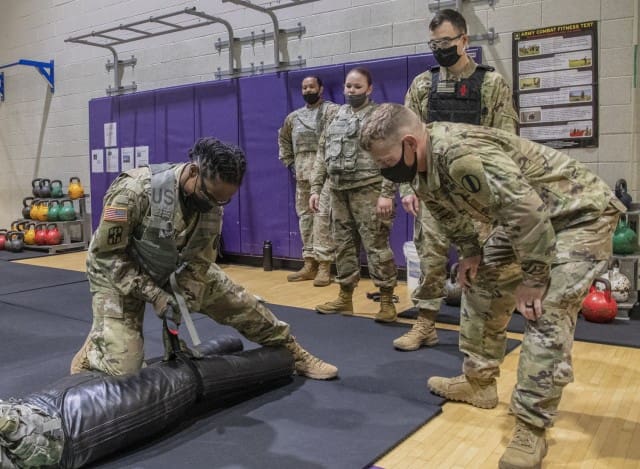
“The energy within the group is what motivated me,” said Pfc. Savanna Pendergrass, 10th Transportation Battalion. “This simulation gave me a true understanding of what it is like on the battlefield.”
By David Overson, TRADOC Communication Directorate
